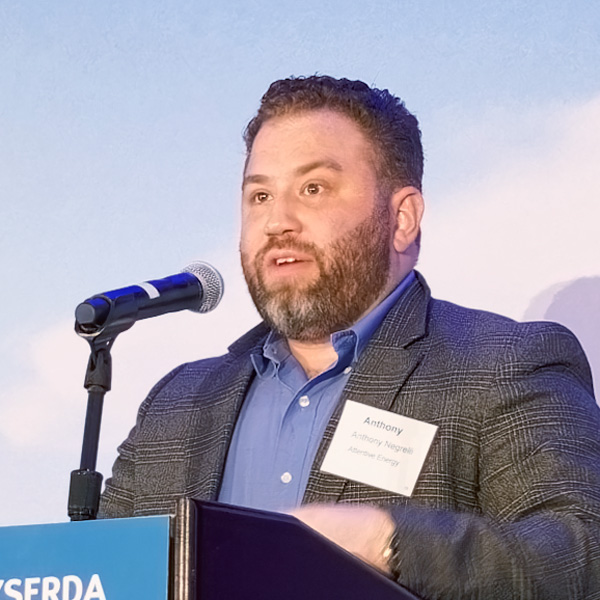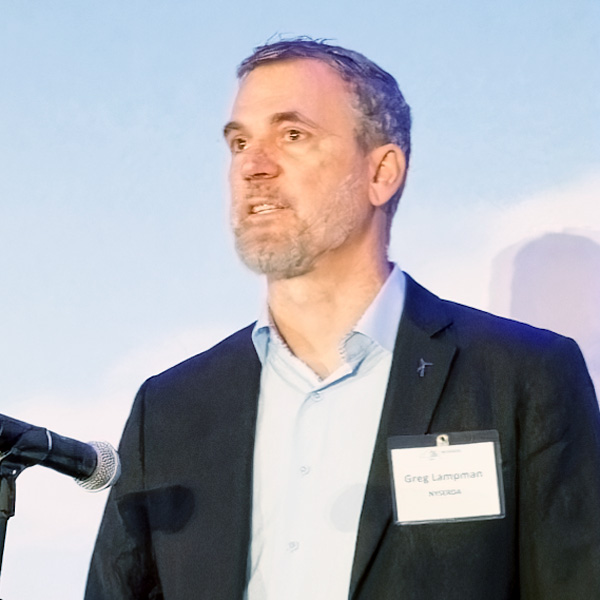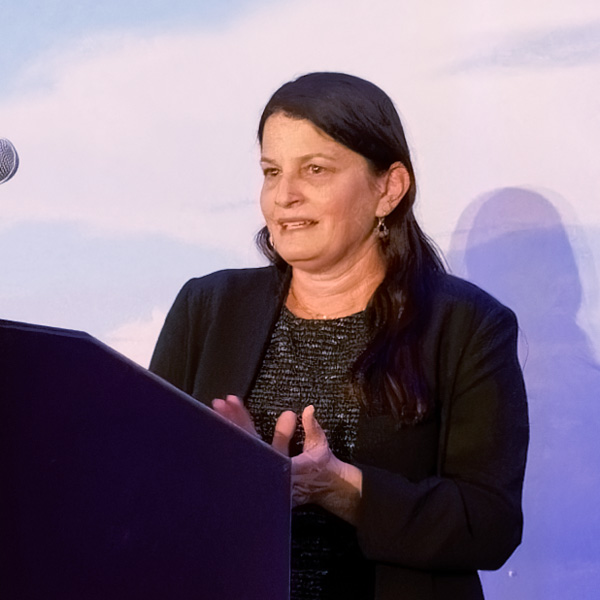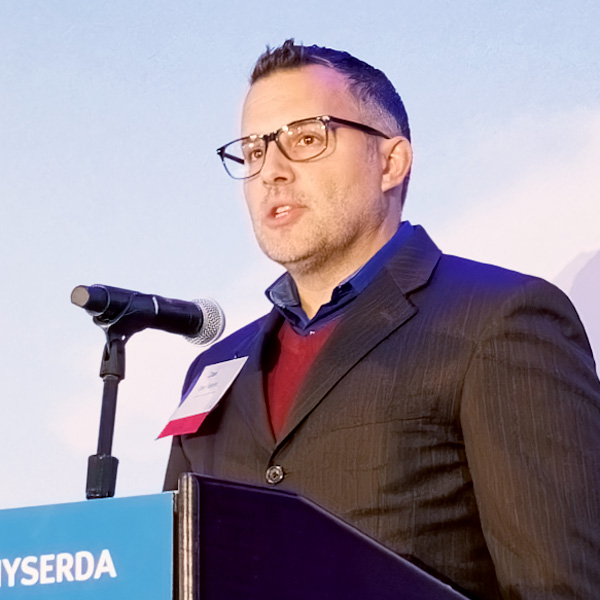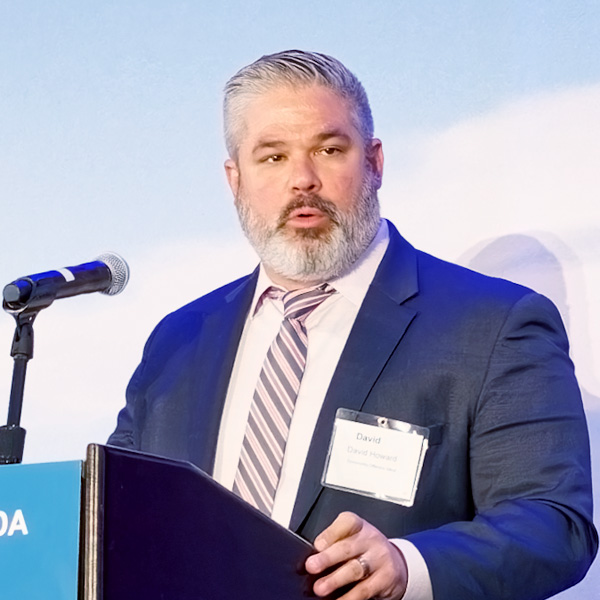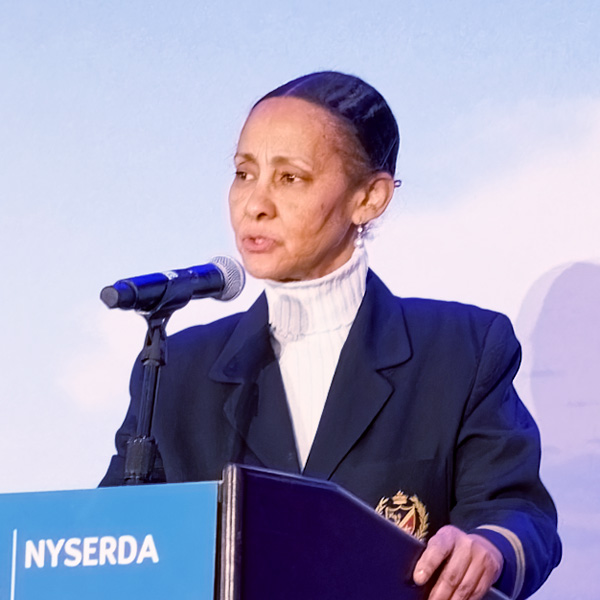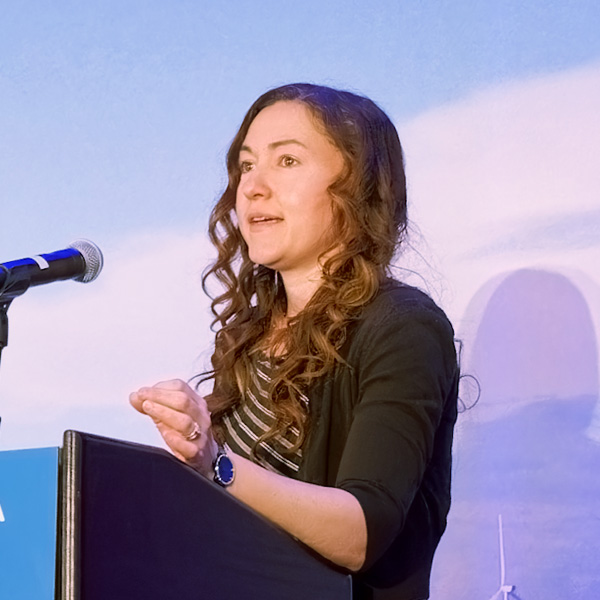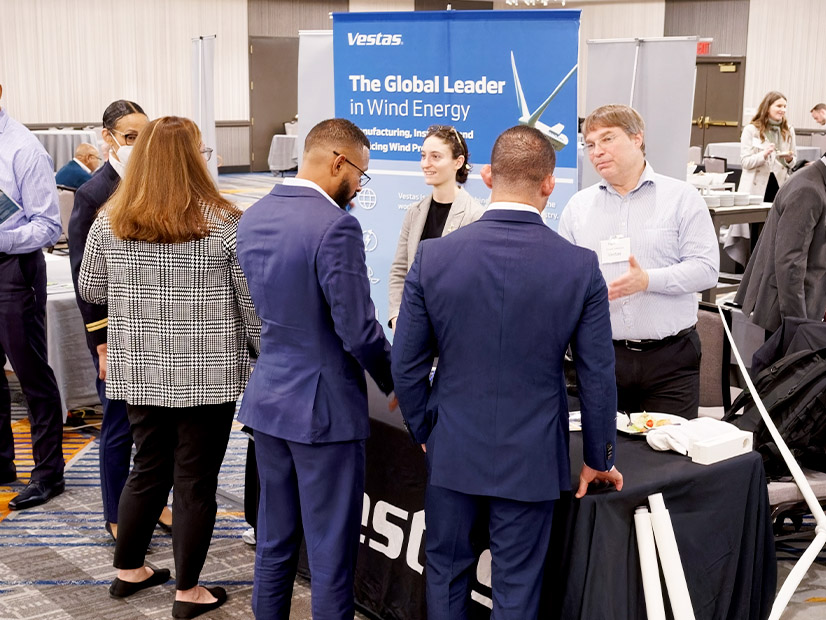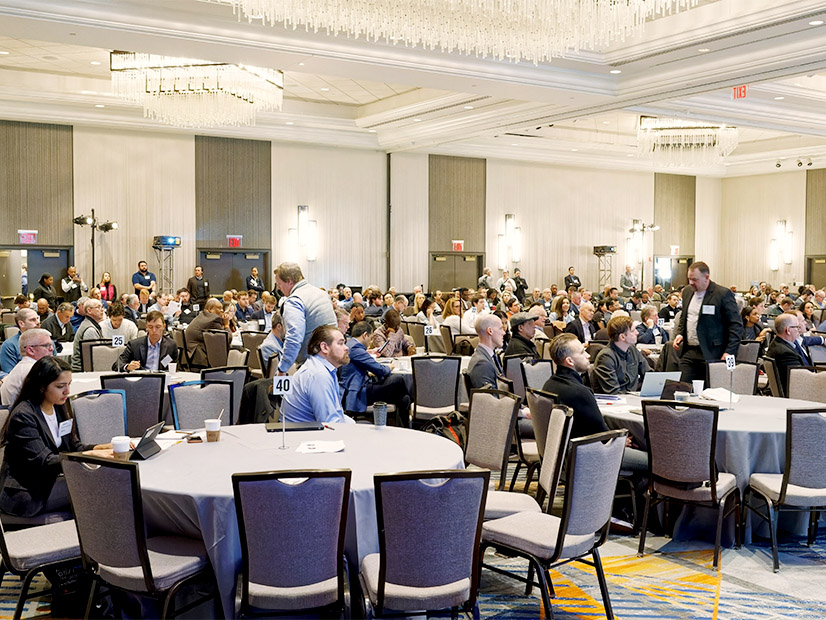
Two states with some of the most ambitious offshore wind goals in the nation brought stakeholders together last week, trying to keep things on track in 2024.
BROOKLYN — Two states with some of the most ambitious offshore wind goals in the nation — and some of the biggest problems in their offshore wind portfolios — brought stakeholders together last week, trying to keep things on track in 2024.
The New York-New Jersey Offshore Wind Supplier Forum on Jan. 11 was part of a growing wind power collaboration by the two states whose coasts form the New York Bight, a stretch of the Outer Continental Shelf that is a prime zone for wind energy development.
In the past few months, they also have shared the frustration of watching thousands of contracted megawatts fall out of their offshore development pipelines.
Some speakers at the forum glossed over the industry’s problems, making only passing reference to the recent cancellation of Ocean Wind 1 and 2 in New Jersey and the offtake contract for Empire Wind 2 in New York. (See Orsted Cancels Ocean Wind, Suspends Skipjack and Empire Wind 2 Cancels OSW Agreement with New York.)
Officials from the state agencies that organized the event were not so circumspect.
“Hardship brings people together, right?” asked Greg Lampman, director of offshore wind for the New York State Energy Research and Development Authority.
“This is an example of some of the challenges we’re seeing, and how working with New York and New Jersey and the other states in the region, we can help make sure this industry is built, that it’s built sustainably and that it’s robust.”
The U.S. ended 2023 with just 42 MW of installed offshore wind capacity, less than one-one-thousandth of the global total. But it has grand ambitions; New York and New Jersey alone have a combined goal of 20 GW. Combined with the other Eastern states, the target is more than 50 GW, Lampman said.
Jan. 11’s forum reflected the importance of creating an entire industry and support network for this to happen.
“Our work is to bring this all together and create the ecosystem that allows the developers to do their work,” Lampman said.
Jen Becker, vice president for offshore wind at the New Jersey Economic Development Authority (NJEDA), listed a few of the collaborative efforts underway by the two states: joint industry training with Oceantic Network, development of a technical assistance program for small businesses and a joint website about training and workforce needs.
The U.S. Bureau of Ocean Energy Management set the stage for this two years ago, issuing a “shared vision” for the two states to collaborate on a supply chain.
Dan Fatton of NJEDA displayed a regional map of the 800-plus businesses that have joined the New Jersey Offshore Wind Supply Chain Registry. The pins spread well beyond New Jersey into New York and southern New England.
He joked about the sense of competition or one-upmanship that can arise when there are ambitious goals and limited resources, but he also pointed to the benefits of the collaboration: “This is a historic moment — we are partnering with New York on this event and on a series of events to come, and we’re really thrilled to have a full room of folks to celebrate this moment with us.”
There were 544 registrants for the event, which filled a sprawling ballroom in a Brooklyn hotel and spilled into adjoining spaces.
Talking Business
An attendee posed a sticky question: Would New York and New Jersey consider regional benefits when reviewing proposals, rather than crediting only those economic benefits that accrue to their state?
“We are in conversation about how we could do some cross-crediting, but I think we’re still in an early stage,” Fatton said. “I think we’ll get there with time.”
“Everyone asks, ‘When are you going to share your supply chain?’ and I keep looking for the supply chain,” Lampman said. Allocating the credits and other benefits from that supply chain is secondary to creating the supply chain, he added.
Another asked how the state agencies would hold developers accountable for the local content requirements in their solicitations.
Lampman said accountability is laid out in the project’s contract. Fatton said New Jersey is working toward monthly meetings and quarterly reports with contract holders.
Representatives of the major offshore wind developers in the region offered advice to small business owners who want a piece of the multibillion-dollar pie.
Yvette Mouton of Atlantic Shores Offshore Wind urged companies to produce a good summary of their strengths. “My favorite part of the job is mentoring diverse suppliers and helping people to grow,” she said. “We need to have a starting point, and that starting point is usually a capability statement.” Two pages is good, she added. Twenty-five is not.
A.J. Negrelli of Attentive Energy urged business owners to know who their prospective clients are and what they require. “Make sure you’re qualified with those buyers” as an approved vendor, he said. “Offshore wind has a very strict due-diligence process. A big part of that is also just understanding, what are the differences in offshore wind — do you need to have new certifications?”
Amanda Schoen of Equinor spoke of the South Brooklyn Marine Terminal, two miles south of the hotel, which her company and bp plan to develop as an offshore wind port starting this year. “There’s not many ports like this one,” she said, noting the lack of bridge-height or channel-depth restrictions. “This is an asset not just for Equinor but for the industry writ large.”
David Howard of Community Offshore Wind challenged his industry peers to collaborate to build the ecosystem they will need. “No developer is going to do this alone — we have to work together. I like to call it cooperative competition. … We have to share assets, we have to amortize together, we have to find a way to bring the costs down.”
He added that Community Offshore already is signing up contractors even though it has only a provisional contract award from New York state, no state or federal permits, and three or more years to go before construction. It must do this, he said — the global bottleneck is that bad. “We have to start contracting now to secure CODs. It’s not your traditional procurement where you’re going competitive a year or two prior to delivery, it’s many, many years in advance.”
Kevin Hansen of Ørsted offered a neat summation:
“These projects are incredibly reliant on suppliers. If you look at the jobs, if you look at the money that gets spent, it’s not for employees of my company, it’s for employees of your companies. There are tremendous opportunities for local content.”
Hansen also highlighted the interdependent nature of the entire process. Ørsted has a dozen major contractors, each of which has a set of contractors, each of which has their own suppliers and subcontractors, he said.
“So, there’s this incredibly complex collection of people and we all have to work together, because if one party is late, it might impact other parties.”
Ørsted’s own Ocean Wind projects demonstrated this point to significant effect: Delayed completion of an installation vessel was a primary factor in cancellation of the two wind farms.
But on another Ørsted project, South Fork Wind, the pieces came together well enough that in late 2023, it became the first utility-scale offshore wind farm to send power to the U.S. grid.
